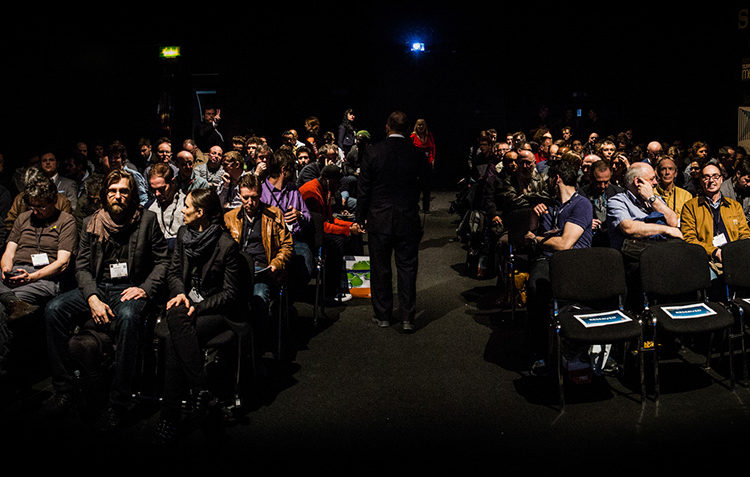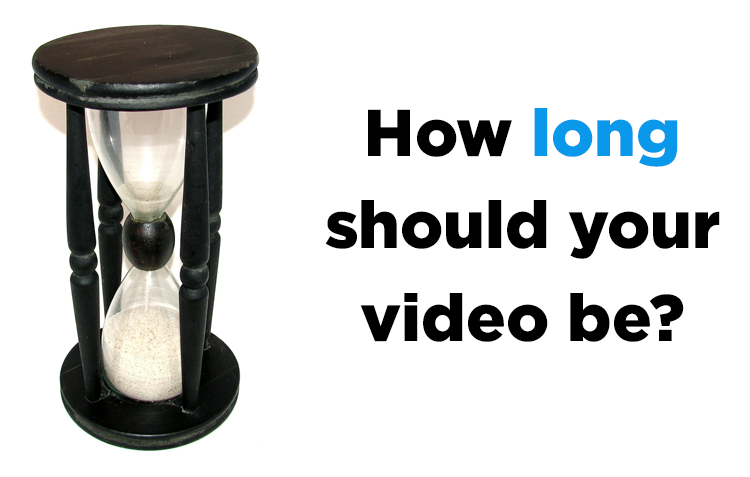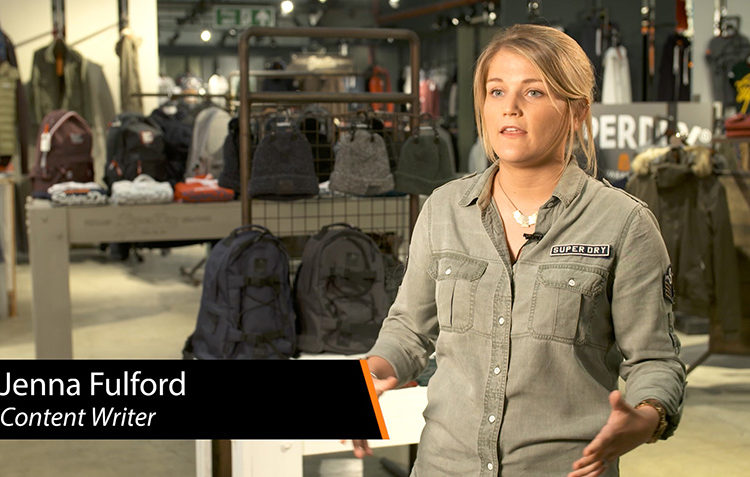Infographic Animation Videos – 5 Ways To Make Sure They Rock
We’ve seen a real upsurge in the popularity of infographic videos recently – these are basically the video form of traditional infographic images, which present facts and statistics in a visually compelling and easy to understand way. In video form, these images can be taken to another level by allowing the animation of individual elements, and the addition of sound effects and voiceover to really steer the viewer’s attention.
At DRP we’re big fans of these infographic animations, especially those that truly pull off that magical feat of combining gorgeous, eye-catching design with genuine substantive content that viewers understand, absorb and remember. So what makes a great infographic and how can you help to ensure that your video is among the best?
1. Nail down the script
It’s tempting to dive right in and start building a video as soon as you’ve got a few lines of text in mind – but as with all types of videos, infographic animations benefit massively from carefully considered scripting and storyboarding. In fact it’s particularly important with animated videos given that they’re more time-consuming and costly to revise than traditional live action videos, so it’s really worth spending the time at the initial stages to think about exactly what information you want to include, and in what order. A really pretty video is worthless if the script isn’t up to scratch.
2. Get the look right
A great infographic relies hugely on having a strong sense of visual style. Things like fonts, textures, colours and shapes will all have a massive impact on the ‘feel’ of your animation – it’s worth working up a few example still frames up in a draft storyboard and signing these off before the animation work begins.
3. It’s not a party without music
The music you choose will drive forward your animation and will determine the general tone of the video. We see it all the time, music is too often an afterthought and something that is just thrown on towards the end of the editing process – but with an infographic it should be carefully considered and chosen prior to editing so that the video can be cut to suit the selected track.
4. Choose the right voice
Not all infographics use voiceover – some may be designed to play on mute screens, or just rely on text and images to get the message across. But where voiceover is used, casting the right artist with the right tone and voice character is crucial. A video that uses voiceover can be pacier than one without, as it’s easier for the viewer to pick up the message when it’s vocalised as well.
5. Do your research
Look at other infographics, both still images and animated videos, covering many different topics – decide which ones you like and work out why, and conversely what leaves you cold. There are so many different possible approaches that reviewing previously developed work is a great way to inform your own ideas and to determine the kind of tone you want to achieve.


 If you’ve realised that your business could use the marketing punch of an online video, but are working to a fairly tight budget (as is certainly the case with many startups), you might baulk at the idea of getting a high-end production company involved to produce it for you.
If you’ve realised that your business could use the marketing punch of an online video, but are working to a fairly tight budget (as is certainly the case with many startups), you might baulk at the idea of getting a high-end production company involved to produce it for you. Many of our clients have made this decision and ask us to edit their own pre-shot footage, saving the cost of the filming. The point of this blog is to encourage you to think about flipping that idea on its head.
Many of our clients have made this decision and ask us to edit their own pre-shot footage, saving the cost of the filming. The point of this blog is to encourage you to think about flipping that idea on its head. We will of course edit your footage if you’ve shot it already but it’s harder or us to be sure that we can deliver the video’s objectives without first seeing the footage and this can make it a bit trickier to quote for.
We will of course edit your footage if you’ve shot it already but it’s harder or us to be sure that we can deliver the video’s objectives without first seeing the footage and this can make it a bit trickier to quote for.


